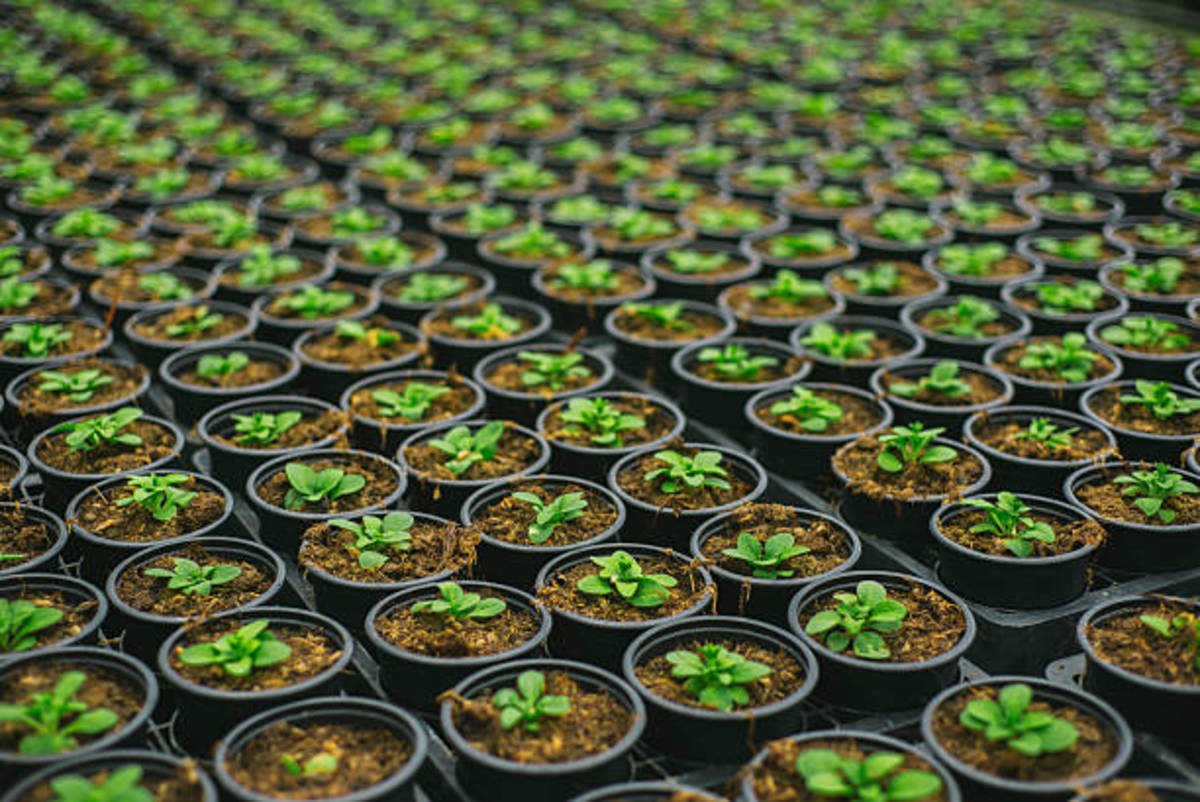Nursery technology of major fruit trees of arid region शुष्क क्षेत्र के प्रमुख फलदार वृक्षों की नर्सरी प्रौद्योगिकी


Preparartion of rootstock
Budding
Fig. 3 Budding technique in ber
Fig. 4 Propagation of pomegranate by cuttings·
Fig. 4 कलमों द्वारा अनार का प्रचार
Fig. 5 Propagation technique in gonda
Propagation techniques of other trees in arid region
| Fruit tree | Method of propagation | Time of propagation |
| Lemon | Seeds and cuttings | Feb-March, Aug-Sep |
| Guava | Patch budding or Air layering | May-June, Feb-March or July-August |
| Date Palm | Offshoots or tissue culture | June-July |
| Papaya | Seed | May-June, Feb-March |
| Phalsa | Hardwood cuttings | Dec-Jan |
| Karonda | Seed and cuttings | June-July |
| Fig | Cuttings | Dec-Jan |
| Mulberry | Cuttings | July-September |
| Bael | Seeds or Patch budding | June-July |
तालिका : शुष्क क्षेत्र में अन्य वृक्षों की प्रवर्धन तकनीकें
| फलदार वृक्ष प्रजाति | उगाने की विधी | उगाने का समय |
| नींबू | बीज या कटिंग | फरवरी-मार्च, अगस्त-सितंबर |
| अमरूद | पैच बडिंग या एयर लेयरिंग | मई-जून, फरवरी-मार्च या जुलाई-अगस्त |
| खजूर | शाखाएँ या ऊतक संवर्धन | जून-जुलाई |
| पपीता | बीज | मई-जून, फरवरी-मार्च |
| फालसा | हार्डवुड कटिंग | दिसंबर-जनवरी |
| करौंदा | बीज और कलम | जून-जुलाई |
| अंजीर | कटिंग | दिसंबर-जनवरी |
| शहतूत | शहतूत की कटिंग | जुलाई-सितंबर |
| बेल | बीज या पैच बडिंग | जून-जुलाई |